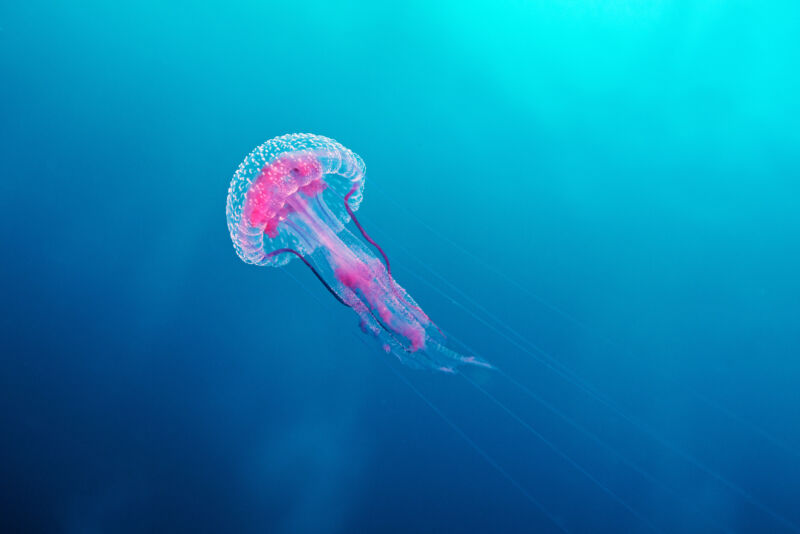Jellyfish regenerate lost tentacles, and now we know how

Enlarge (credit: Gerard Soury)
The mythical Hydra may have been able to grow one of its many heads back every time it suffered a decapitation, but there are actual creatures capable of regenerating parts of their bodies bitten off by hungry predators. Jellyfish are one of them.
From salamanders to starfish to the actual hydra (a tiny hydrozoan named for the fearsome beast of legend), animals that are capable of regeneration all start the repair process by forming a blastema. This clump of proliferative cells, which are similar to stem cells, can repopulate body parts by dividing over and over again. While the cells are still undifferentiated in the beginning, they eventually form specific cell types like muscle and skin.
The process of blastema formation in some other animals has been studied, but how they form in jellyfish was still a mystery. Led by postdoctoral researcher Sosuke Fujita, the team at the University of Tokyo and Tohoku University in Japan wanted to establish a baseline for non-bilaterian regeneration by finding out how a blastema helps regrow tentacles in jellyfish. Would their blastema formation process be different from that in bilaterians?